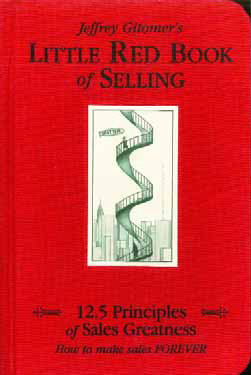client relationships
The notion that we should do all we can to exceed client expectations is one we hear trumpeted in almost every inspirational business seminar and in nearly every keynote speech during trade shows. There are very good reasons for this: After all, when you perform beyond your clients’ expectations, they’re far more likely to be pleased with the process, more reasonable in their requests and, ultimately, readier sources of the referrals that will keep your business hopping. Not only that, but there’s also something wonderful in making people happy – if for no other reason than in doing so, we tend to make ourselves happy as well. In the watershaping world, conjuring those good vibrations is right up there for me alongside
Through the past few years, a number of my most interesting projects have been all about revising outdoor environments for upscale residential clients, generally with the thought in my mind of integrating exterior and interior spaces. That seems simple enough, but these tasks have frequently been complicated by unusual site features and the fact that what clients want at the outset isn’t exactly what the site seems to require. In a few of these situations, I’ve needed to reset the stage entirely by remodeling significant architectural elements of the house to fuse indoor and outdoor spaces; in others, I’ve had to revise and reconfigure everything on site except the house. As I roll through these various scenarios, the thought I always keep uppermost in mind has to do with making everything seem as though
I’ve spent some time in the past couple months looking for a good book about trust. I ran into some stinkers along the way, with many of them impressing me with how boring and preachy they could be. But I never had that kind of reaction to The Little Teal Book of Trust by Jeffrey Gitomer (Pearson Education, 2008): I’m a big fan of his (you may recall that I wrote about his Little Red Book of Selling in March 2008) and have always liked the way he manages to
Several years back, I was in a seminar at the International Pool & Spa Expo when the instructor asked everyone who had an e-mail address to raise a hand. Way back then - it was in the late 1980s or perhaps even the early '90s - using the Internet for communication was a brand-new concept to most people and there were only a few people in the room who lifted an arm. I wasn't one of them, and at that point I had no idea that e-mail and Web sites would ever become such an integral part of my life. At that time, in fact, I didn't think I'd ever need an e-mail address. After all, I
As a rule, I’ve resisted the temptation to cover books about sales in these columns. I’ve read a great many of those books through the years, and I’ve always tended to think of them as buffets where I pick up useful insights, wisdom or motivation – and ignore suggestions that don’t seem as useful. But no single book I’ve run into has proved to be so helpful that I’ve felt compelled to share it with you here. At last, however, I’ve found an exception – a wonderful book by emerging sales guru Jeffrey Gitomer called The Little Red Book of Selling (Bard Press, 2004). I picked up a copy of this compact 220-page volume two years ago at an airport bookstore (and have picked up a couple more since then), and I see why Gitomer is becoming one of the leading voices when it comes to sales. He may not have reached the same status as Zig Ziglar or Dale Carnegie (both of whom I admire greatly), but his star is
Have you ever turned down a client who really wanted to work with you and you alone? It's a hard thing to do, which is why most of us have found ourselves at one time or another saying "yes" despite the fact that we believe something the clients want simply cannot be done or, more important, that we've developed serious doubts about them. Just at that point where we really need to sit them down and tell them to go away, many times we'll freeze - and here's the usual reason why: "If I tell them 'no,' then they'll just get someone else to do it and I'll lose the job!" Giving in to this fear of losing a project and letting apprehension guide our decisions in place of any faith we might have in our common sense or experience is
Have you ever turned down a client who really wanted to work with you and you alone? It's a hard thing to do, which is why most of us have found ourselves at one time or another saying "yes" despite the fact that we believe something the clients want simply cannot be done or, more important, that we've developed serious doubts about them. Just at that point where we really need to sit them down and tell them to go away, many times we'll freeze - and here's the usual reason why: "If I tell them 'no,' then they'll just get someone else to do it and I'll lose the job!" Giving in to this fear of losing a project and letting apprehension guide our decisions in place of any faith we might have in our common sense or experience is





















Deficits of Trust